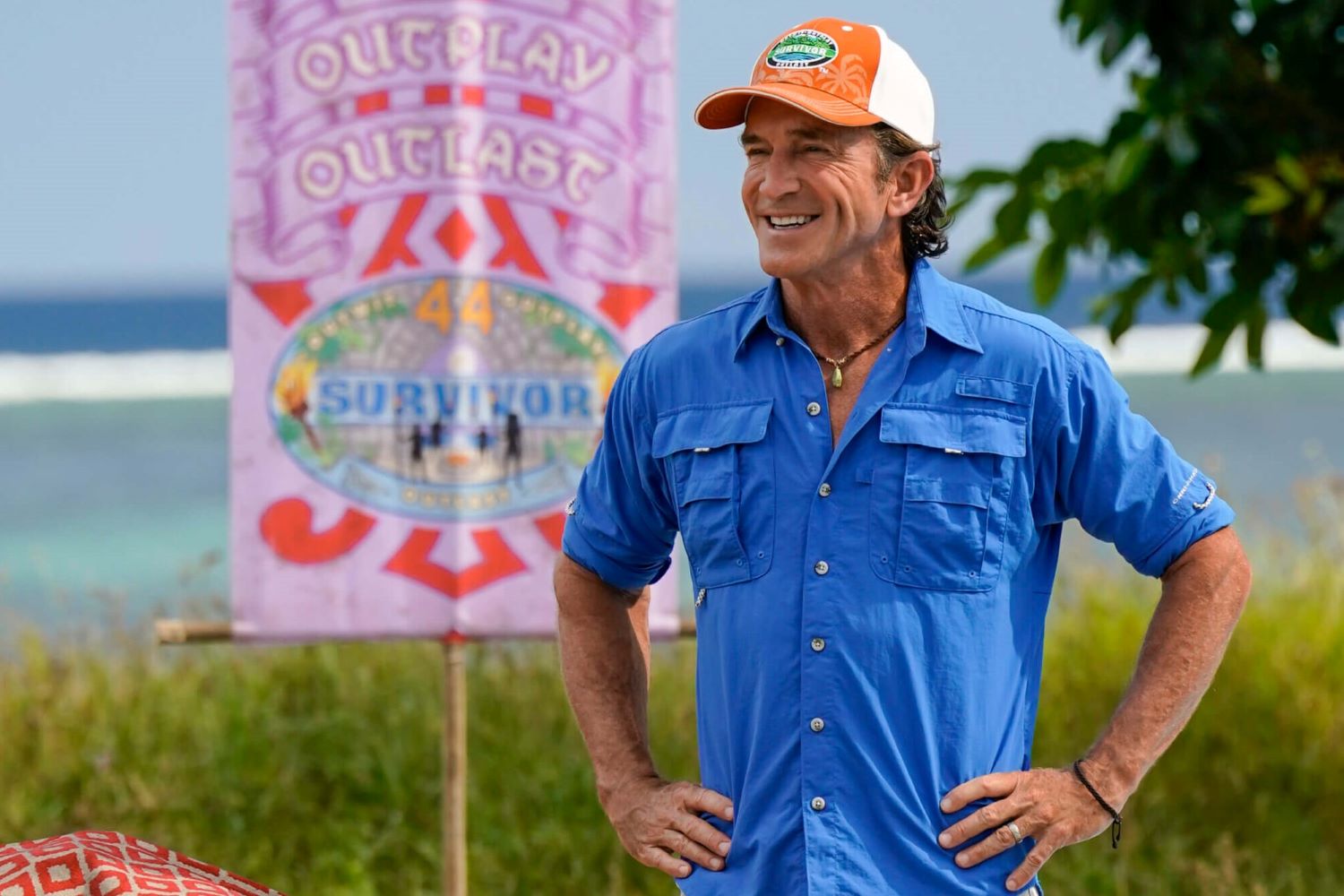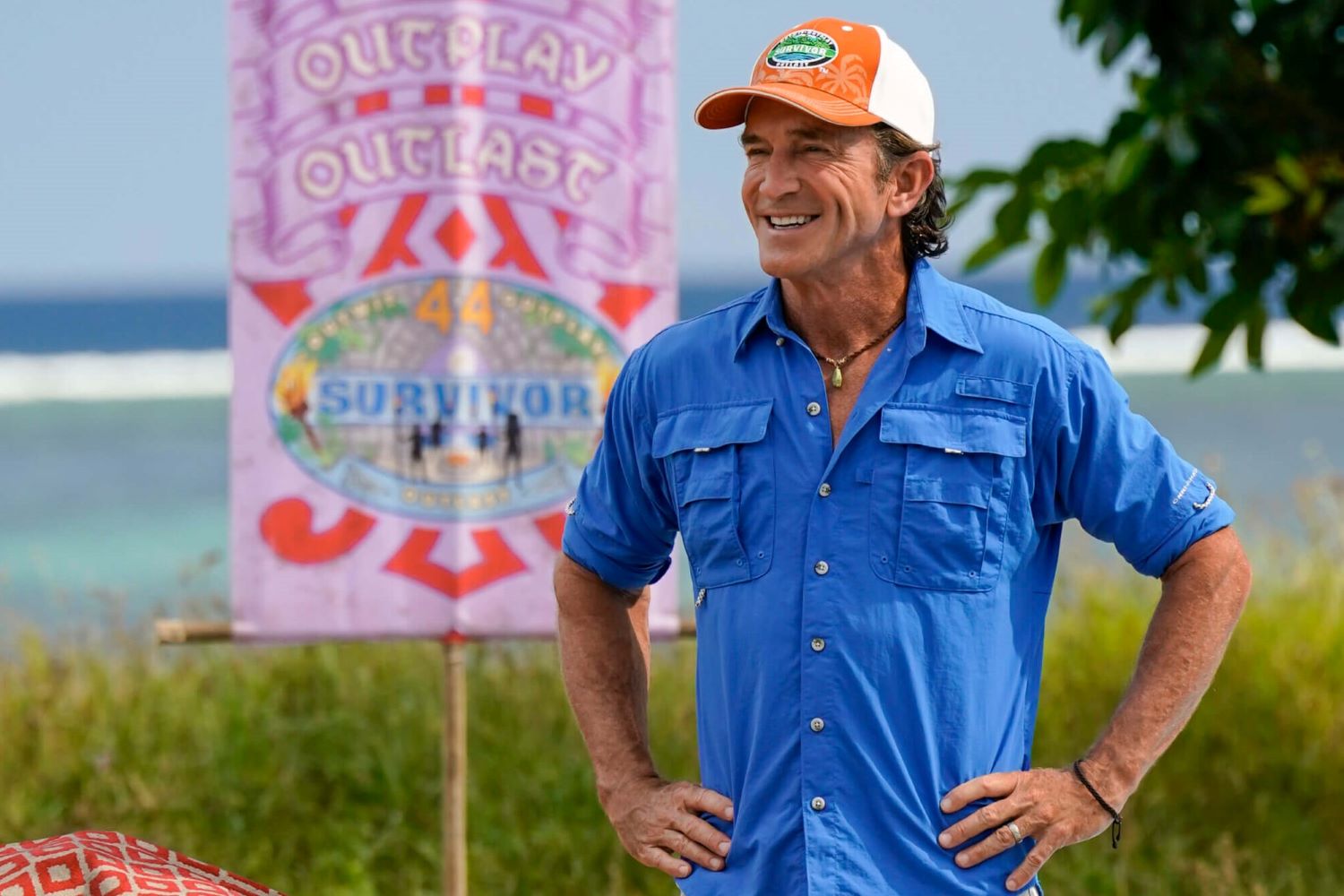
‘Survivor’: The 5 Worst Twists in the CBS Show
Survivor has aired 44 seasons and has been on the air for almost 23 years. Throughout the CBS reality competition series’ run, there have been plenty of epic highs and a handful of disastrous lows as producers introduce new elements to the game. Some have completely changed the series for the better (for example, hidden immunity idols), while other Survivor twists long to be forgotten by the show’s fans.

5. Medallion of Power in ‘Survivor: Nicaragua’ was the show’s most useless twist
We’re starting our ranking of the five worst Survivor twists by taking you back to the show’s twenty-first season, Nicaragua. During the premiere, host Jeff Probst introduced the new group of castaways to the Medallion of Power. And if we’re being honest, the point of this new twist is lost on us. Plus, its mechanics are sort of convoluted.
Basically, whichever tribe was in possession of the Medallion of Power could use it for an advantage in a challenge. But once it was used, the medallion was transferred to the other tribe. And they could use it however and whenever they pleased.
Producers initially introduced this twist to even the playing field between the two tribes, which they separated by age — La Flor castaways were younger than 30, and Espada players were older than 40. However, the Medallion of Power did little to influence the game. The two tribes only used it once each before a tribal switch retired the twist from the competition.
It’s safe to say that Survivor viewers were not big fans of the Medallion of Power, so it’s a good thing that the show never used it again after Nicaragua.
4. Edge of Extinction
We know that the Edge of Extinction allowed fans to continue seeing their favorite Sole Survivors after being voted out in Survivor: Winners at War. However, we also never wanted to see the twist again after season 38.
Survivor: Edge of Extinction introduced the concept of the Edge of Extinction to the show. And it was basically Redemption Island trying to disguise itself in a trench coat (it didn’t work; we saw right through you, Survivor producers).
Look, we’ve never been a fan of contestants being able to fight their way back into a game after they were eliminated. It’s unfair to the players still in the game. And as we saw in season 38, being voted out also gives some castaways an advantage.
Chris Underwood was the third person voted out and spent 27 days on the Edge of Extinction. While there, he formed bonds with the people who would later be on the jury. And after Chris returned to the game on Day 35 (and surrendered immunity to beat Rick Devens in the final four fire-making challenge — more on that later), the jury crowned him the Sole Survivor on Day 39.
Now, Chris is one of the most controversial Survivor winners in the show’s history. And we blame the Edge.
3. Do or Die
Who came up with the Do or Die twist? Seriously? We just want to talk because what were you thinking?!
We’ll admit that giving castaways an incentive to sit out of a challenge is exciting. But the fact that doing so will prevent them from having to take part in Do or Die is ridiculous.
As fans know, Survivor producers introduced the Do or Die twist during the show’s first “new era” season — 41. Before an Immunity Challenge, host Jeff Probst told the players that the person to finish last would have to play a game of chance at the next Tribal Council. And it could send them packing. But they could also choose to sit out of the challenge. So they couldn’t get immunity but wouldn’t have to play Do or Die.
At Tribal Council, Probst showed the lucky loser three boxes and made them pick one. One promised safety, while the other two represented the end of one’s game. In both season 41 and season 42, the castaway who had to play Do or Die picked safety. And in both seasons, contestants who sat out of the challenge were voted out.
The Survivor Powers That Be, we beg of you, just let the players play. We hate that Deshawn Radden and Lindsay Dolashewich almost lost their spots in the game because of a game of chance. Thankfully, Do or Die is a thing of Survivor‘s past since the show hasn’t featured it since season 42.
2. Final 4 fire-making
We, along with most Survivor fans, have been screaming this from the rooftops since the show’s thirty-eighth season — retire the final four fire-making challenge! Heck, we even disliked this twist in season 35 because it eliminated (the severely underrated) Devon Pinto from the game.
A vote is the most sacred thing a Survivor castaway has, and that’s why producers have been obsessed with making them risk it in the “new era.” So the only reason fire-making should happen during the final four is if there is a tie vote. The fact that this twist is now a staple of the game is infuriating (and yet we continue watching year after year).
Plus, after Chris’s stunt in season 38, the jury expects the final four Immunity Challenge winner to give up immunity and face off against their biggest competitor in fire-making. He set a dangerous precedent, and it’s partly why Cassidy Clark lost Survivor 43.
Hopefully, one day, Jeff Probst and Co. will realize that final four fire-making isn’t the best way to determine the final three. Yes, it can be exciting, but good ole strategy also gets us fired up (pun intended).
1. The ‘Survivor’ Hourglass is the show’s worst twist
Let’s set one thing straight — if a group wins immunity, they should be granted immunity, right? Wrong (says Jeff Probst)!
The show introduced the Hourglass twist during Survivor 41 when the players entered “mergatory.” They had to earn the merge, which meant that producers split them into two groups, and they competed for immunity. The losing team would vote someone out at the next Tribal Council, and then they would all officially be merged.
However, two people had to sit out, and one person was sent to Exile Island and would later join the losers, while the other joined the winning team. And Probst later met up with the exiled castaway and presented them with an hourglass that, if broken, would reverse the results of the challenge. So the winning team would have to go to Tribal Council.
In what world does this make sense? Of course, Erika Casupanan broke the hourglass because she wanted to be safe. So the challenge winners were punished because of one contestant’s decision, and they, especially Danny McCray, were rightfully angry. The producers lied to them for the sake of shock factor and broke their trust.
Thankfully, as was the case with Do or Die, the show retired the Hourglass twist after Survivor 42.
Survivor is available to stream on Paramount+. And new episodes of Survivor 44 air Wednesdays at 8 p.m. ET on CBS.
For more on the entertainment world and exclusive interviews, subscribe to Showbiz Cheat Sheet’s YouTube channel.


